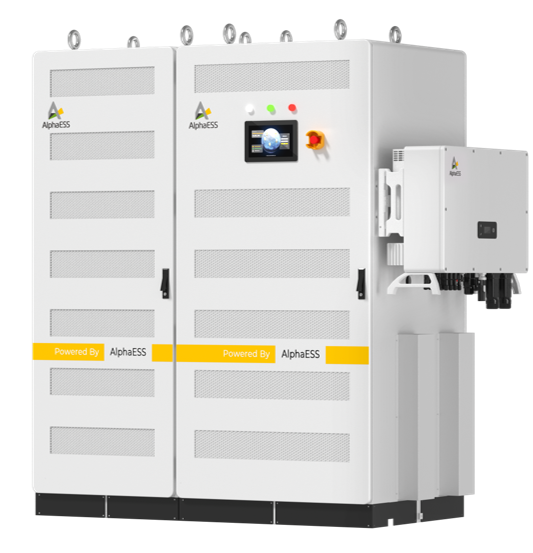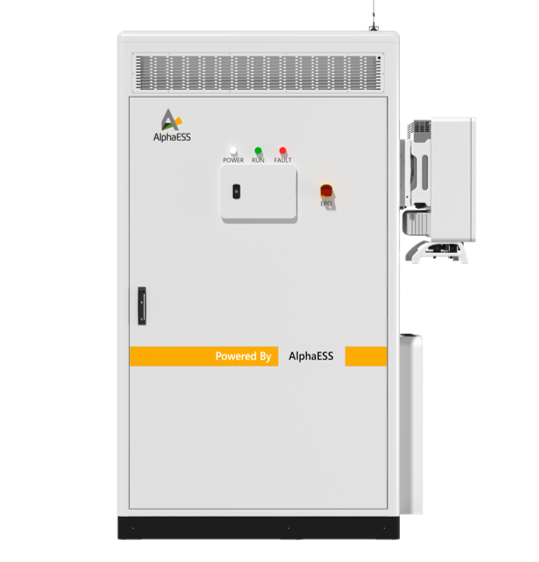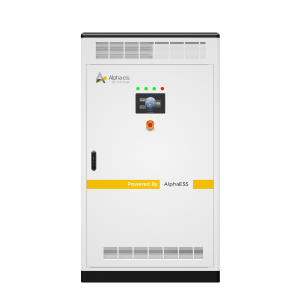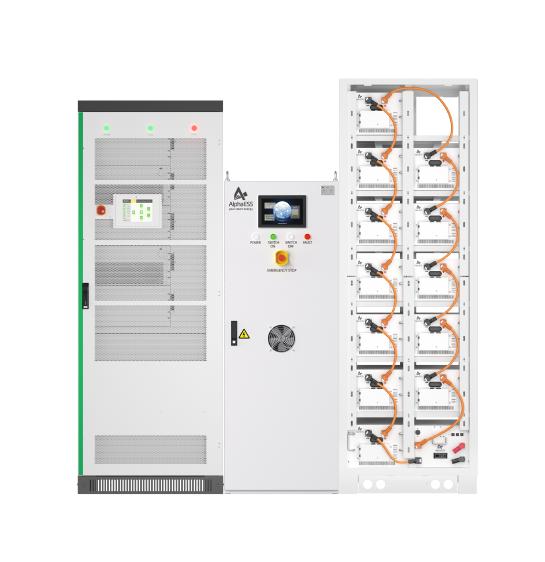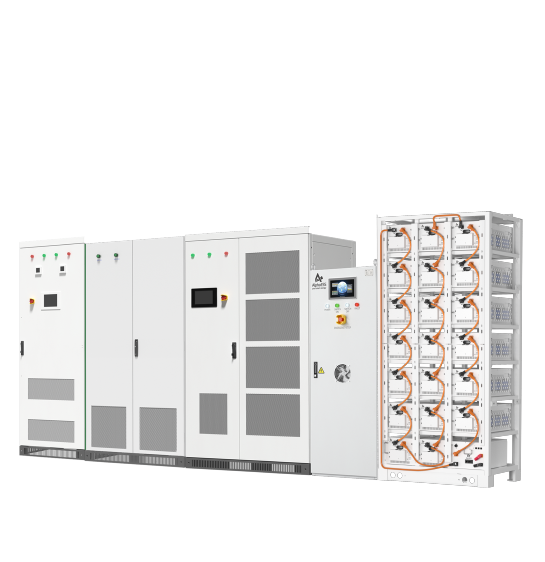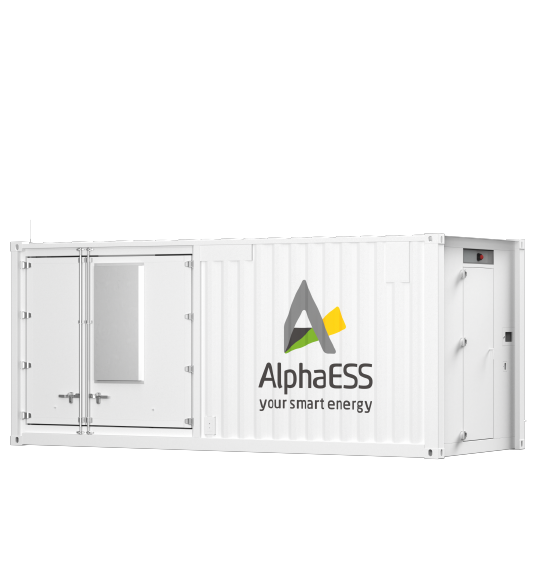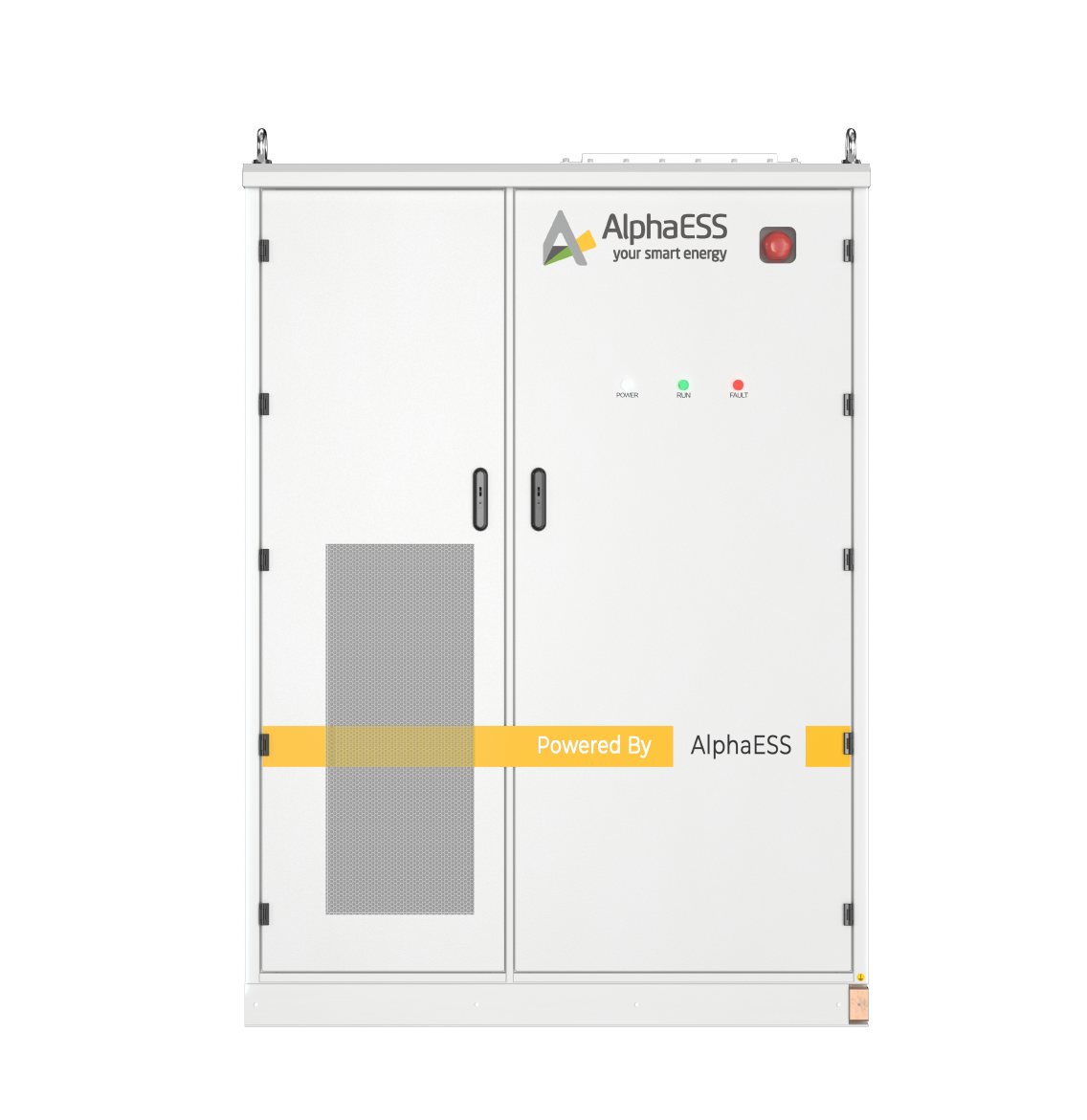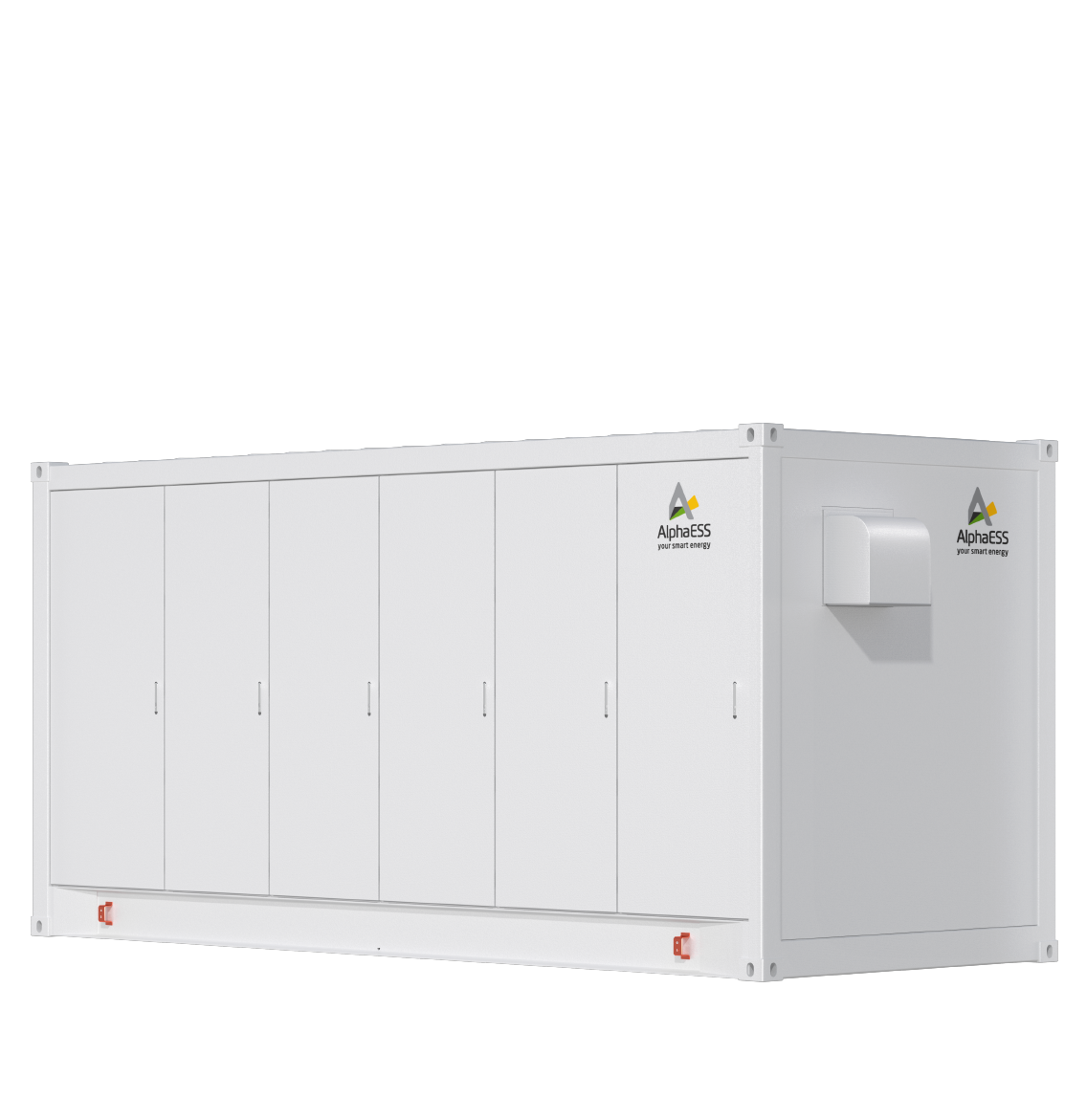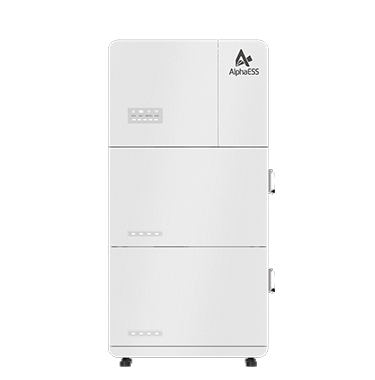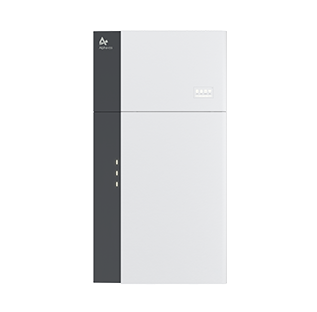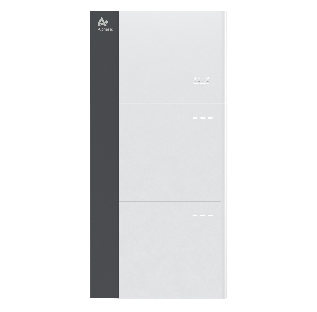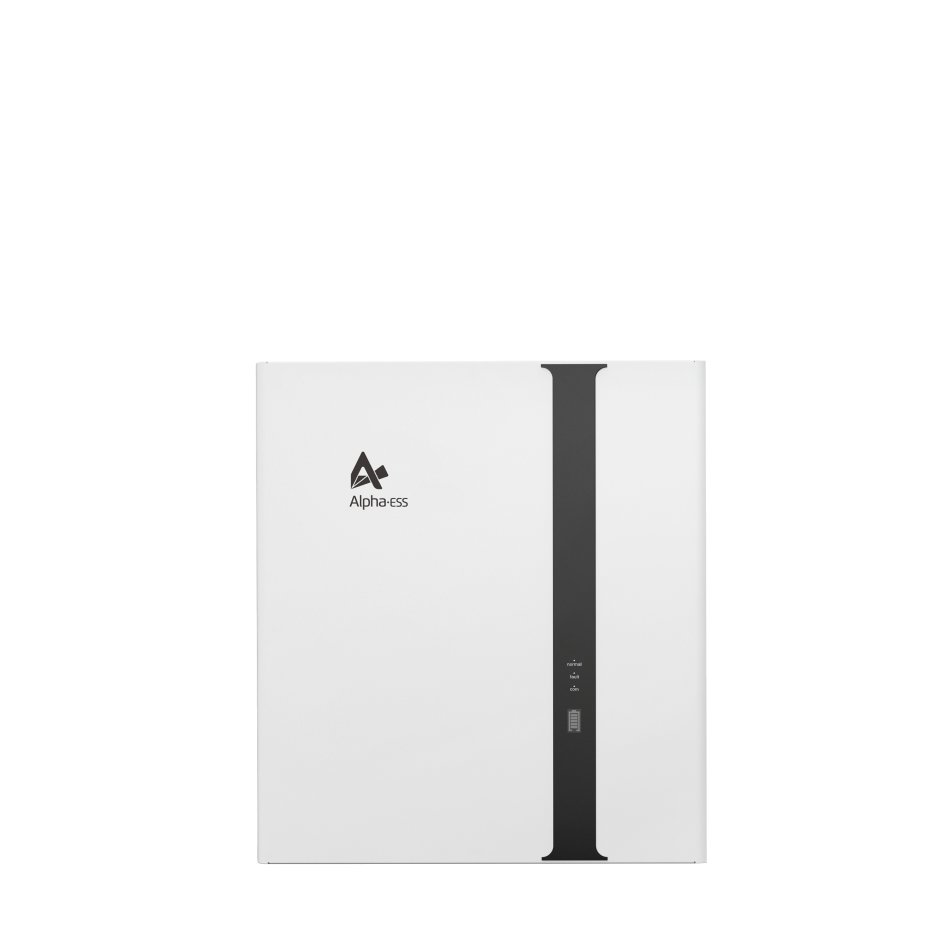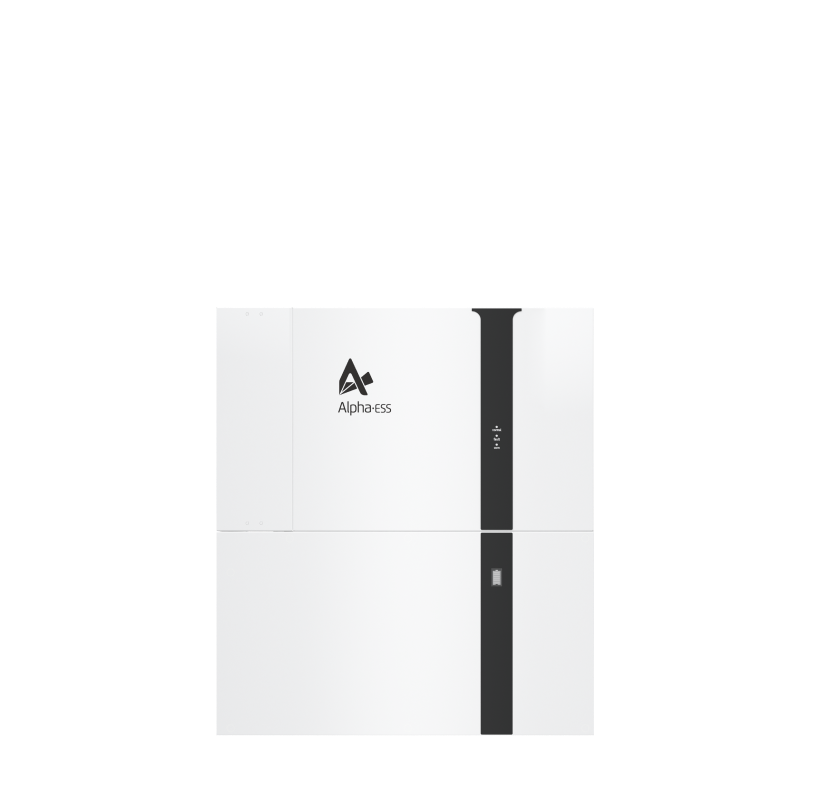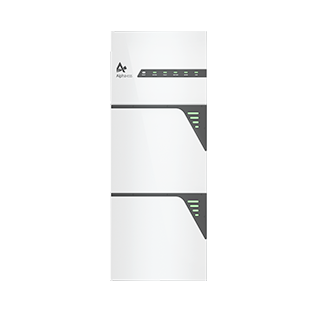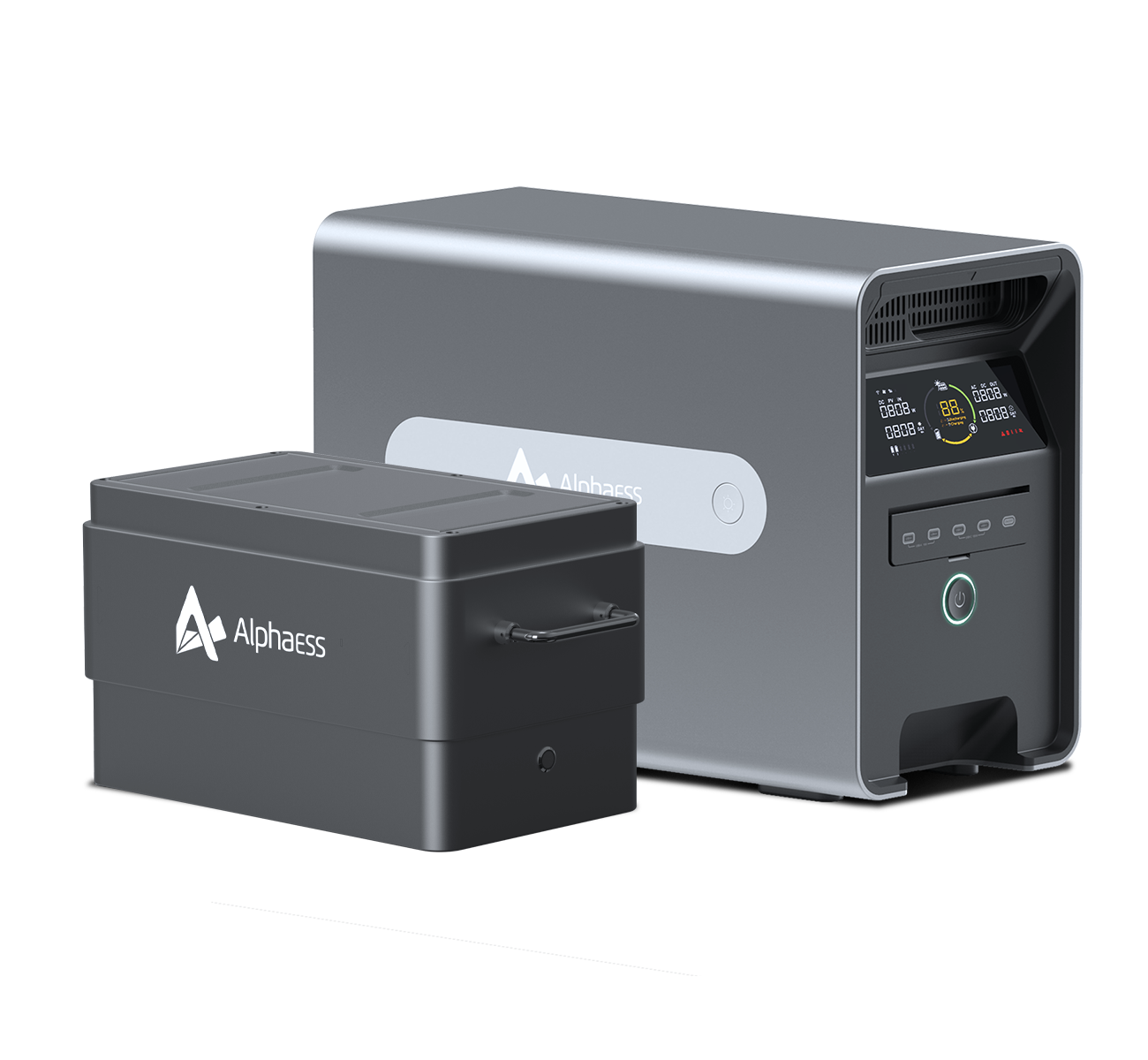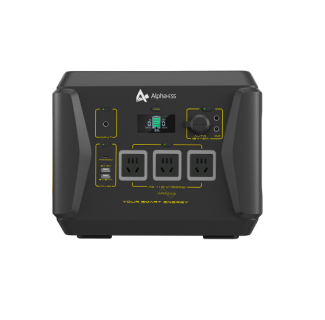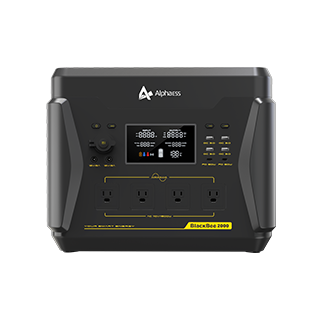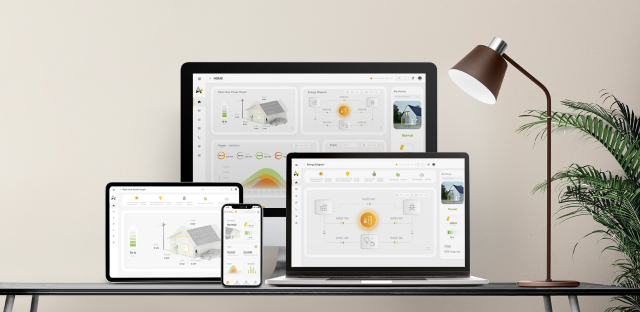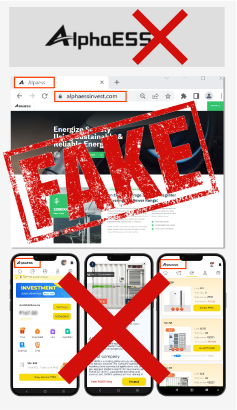[Battery Life 101] Key Metrics & Influencing Factors For Your Home Energy Storage
2025-04-08
Imagine powering your home with clean energy for over a decade—slashing your energy bills, staying ready for outages, and doing your part for the planet. That's the magic of a home energy storage system with a long-lasting battery. But here's the catch: not all batteries are built to go the distance. Picking one with top-notch longevity and minimal wear-and-tear means fewer replacements, lower costs, and a steady power supply you can count on. Whether you're aiming to save money every day or keep the lights on during a storm, a durable, high-quality battery is the heartbeat of your sustainable energy setup.

Understanding Battery Life: Key Terms to Know
Battery life encompasses various metrics highlighted by different manufacturers. It can feel like a puzzle, but it’s simpler than it looks. Here are three terms you need to know when choosing your home energy storage system:
• Cycle Life: The Battery's Stamina
Think of cycle life as how many "laps" your battery can run. It's the number of times you can charge and drain it before its capacity diminshes—usually to about 70% of what it was when new. A great battery might handle over 6,000 cycles. That's like using it twice a day for over 8 years! This metric indicates both the battery's longevity and its ability to retain initial capacity. High-quality batteries maintain 70% or more of their capacity after reaching their cycle limit, whereas lower-quality ones might drop to 60% or less, significantly reducing usable energy.
○ Quick Note: cycle life is often associated with a specific Depth of Discharge (DoD) — how much you use each time—plays a role. Sip lightly (say, 20-30%), and you'll get more laps out of it.
• Throughput Energy: The Total Mileage
This is the grand total of energy your battery can deliver over its lifetime, measured in kilowatt-hours (kWh) or megawatt-hours (MWh). Picture it as the miles your car can drive before it's time for a new one. More throughput energy equals more bang for your buck—and many brands back it up with warranties.
Why It's Cool:
○ Accurate Lifespan Assessment:
Throughput Energy offers a precise evaluation of how much energy a battery can deliver before reaching the end of its effective life, incorporating DoD to provide a clear picture of resistance to capacity degradation.
○ Enhanced Economic Analysis:
Understanding throughput energy aids in calculating the cost per unit of energy (e.g., cost per kWh = Total Battery Cost / Throughput Energy), ensuring cost-effective investments in battery technology.
○ Optimized Performance and Maintenance:
Monitoring throughput energy enables fine-tuning of charging and discharging strategies—such as moderating the DoD—to extend battery life. It also assists in determining when a battery requires replacement, ensuring sustained performance and reliability.
• Warranty Period: Your Peace of Mind
A solid warranty is your safety net. It's the manufacturer's promise that your battery will keep performing for a set time. If it stumbles due to a defect, you're covered for repairs or a replacement. Think of it as insurance for your investment.
○ Pro Tip: Warranties are often defined not only by time but also by usage limits, such as the number of cycles or total throughput energy. Some brands may offer warranties based on a set period (e.g., 10 years) or usage conditions (e.g., 6,000 cycles), whichever comes first.
Factors Influencing Battery Life
Want your battery to last? Here's what affects its lifespan and how you can give it a boost:
1. Battery Chemistry: The Secret Sauce
The ingredients matter. Lithium-ion batteries—especially lithium iron phosphate (LFP)—are the champs of home energy storage, often lasting over 10 years. They're like premium fuel: efficient and long-lasting. Older lead-acid batteries? More like budget gas—they're cheaper but fade fast after a few hundred cycles.
2. Temperature: Keep It Comfy
Batteries thrive between 20°C and 25°C (68°F to 77°F). Too hot (above 40°C), and they age quicker; too cold (below -20°C), and they lose oomph.
• Easy Fix: Set it up in a cool, dry, airy spot.
3. Depth of Discharge (DoD): Sip, Don't Gulp
DoD is how much juice you use per cycle. Shallow sips (20-30%) stretch your battery's life, while big gulps (near 100%) give you more power now but wear it out faster.
• Bonus: Smart systems often balance this for you.
4. Charging Speed: Take It Slow:
Charging or draining too fast is like flooring your car's gas pedal—it heats up and stresses the battery. Aim for a chill pace (0.5C to 1C, where C is capacity) to keep it happy.
• Why It Helps: Less strain, longer life.
5. Long-Term State of Charge (SoC):
SoC is your battery's "fuel gauge." Sitting at 100% or 0% too long can tire it out. Keep it between 20% and 80% for top shape.
• Good News: Advanced tech often manages this automatically.
6. Installation: Give It a Good Home
A dust-free, ventilated space away from wild weather is a battery's best friend. Set it up right, and it'll reward you with years of service.
Curious how to supercharge your battery's lifespan? Check out our next blog for insider tips and game-changing tech!
-

 Battery Safety: More Critical Than Ever—From EVs to Energy Storage
Battery Safety: More Critical Than Ever—From EVs to Energy Storage2025-04-10
-

 [Battery Life 102] Maximizing Battery Life with AlphaESS Technology & Practical Maintenance Tips
[Battery Life 102] Maximizing Battery Life with AlphaESS Technology & Practical Maintenance Tips2025-04-09
-

 [Battery Life 101] Key Metrics & Influencing Factors For Your Home Energy Storage
[Battery Life 101] Key Metrics & Influencing Factors For Your Home Energy Storage2025-04-08
-

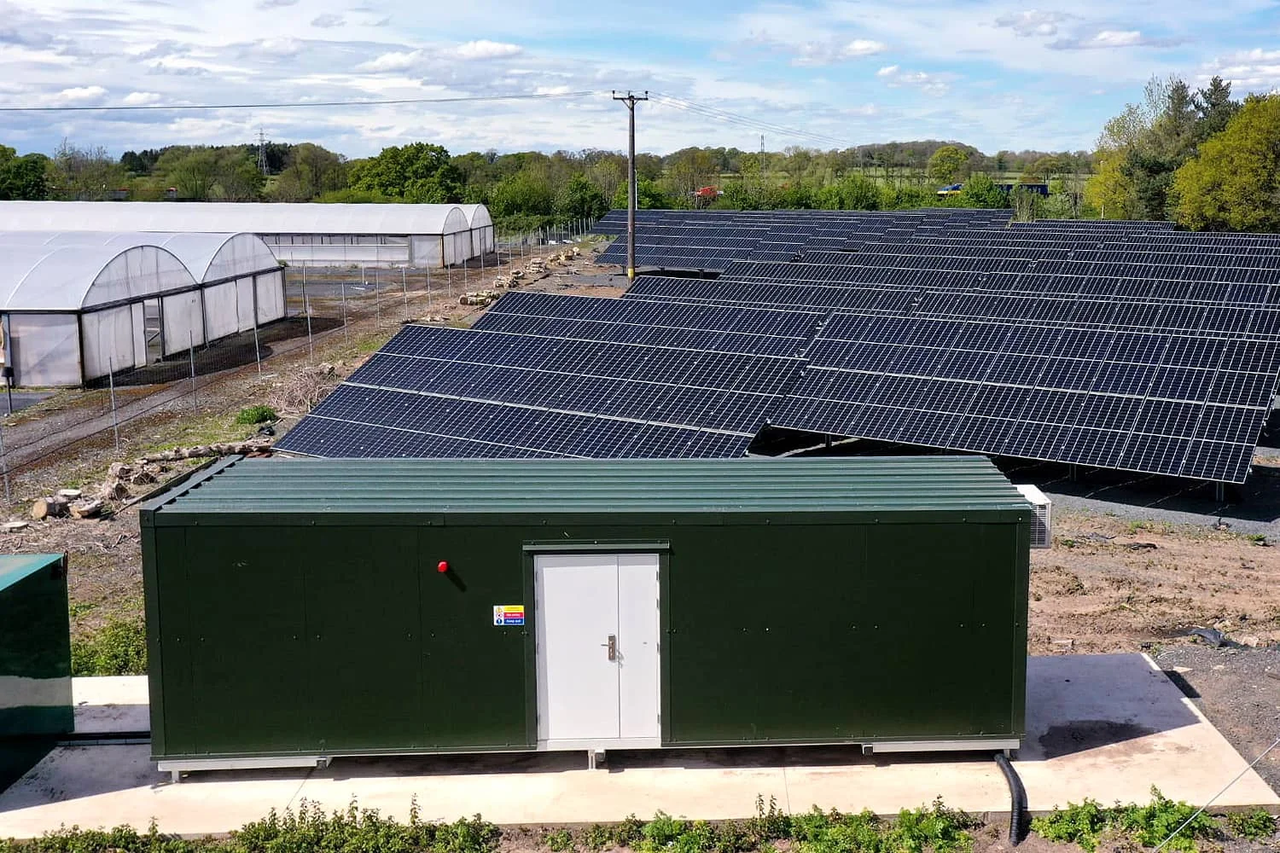 Exploring the Impact of Battery Storage on Farms: An Interview with Mike Bronson of Bravenhill
Exploring the Impact of Battery Storage on Farms: An Interview with Mike Bronson of Bravenhill2025-03-28



